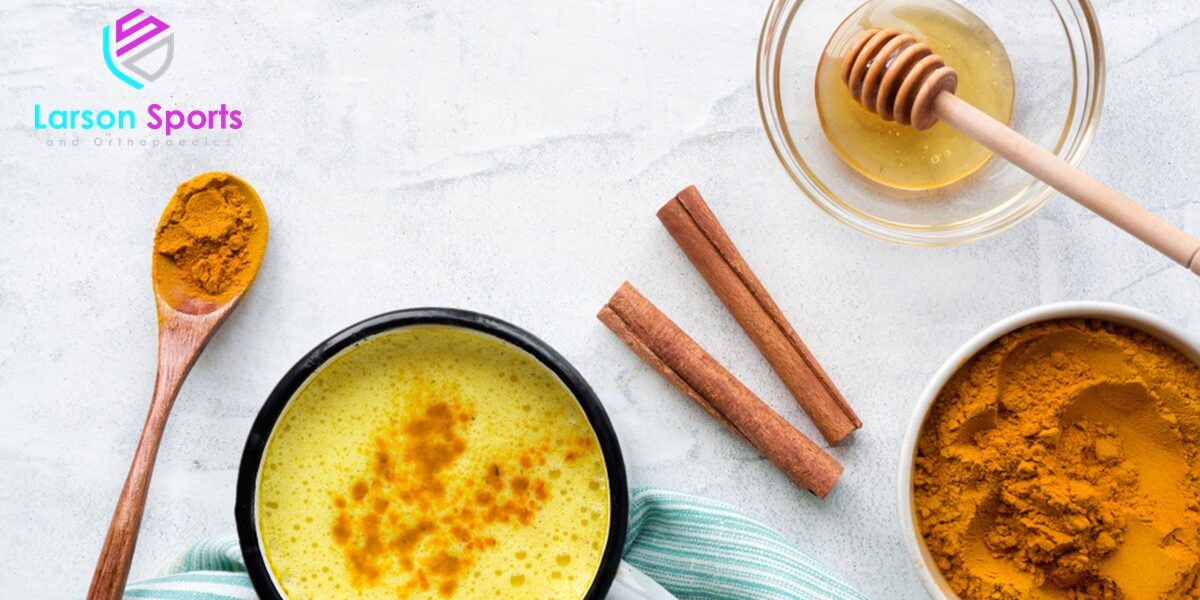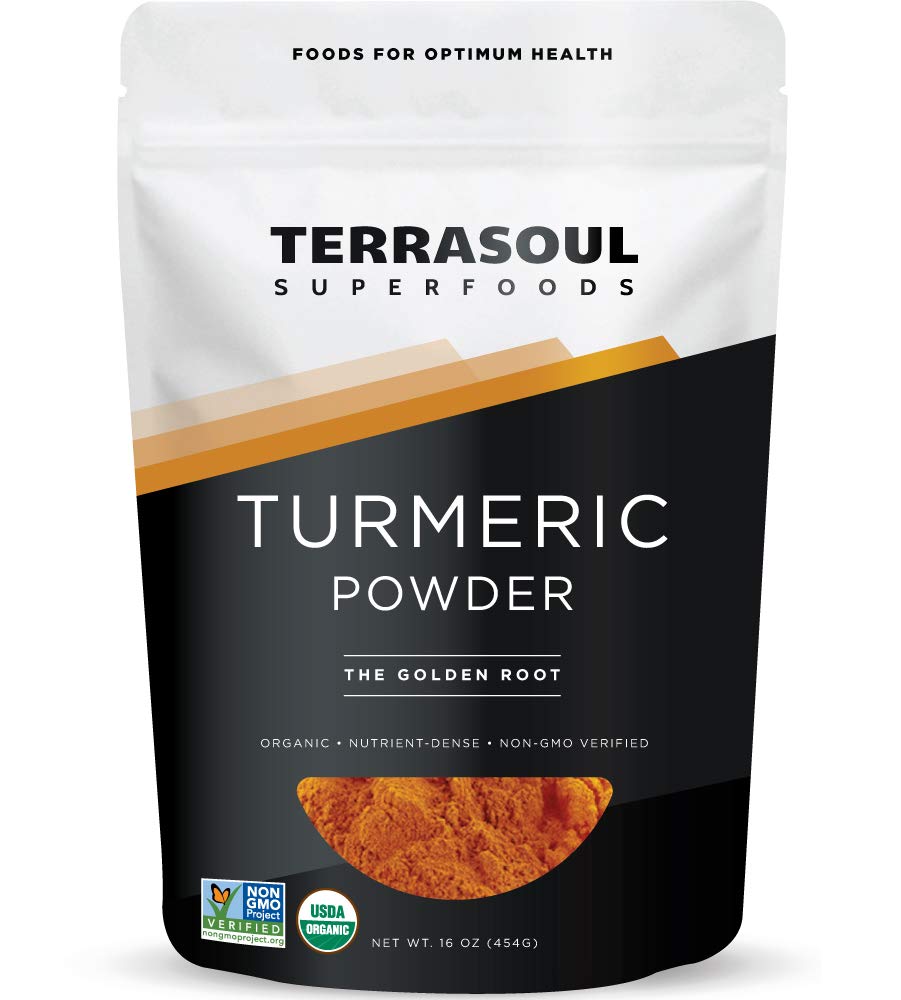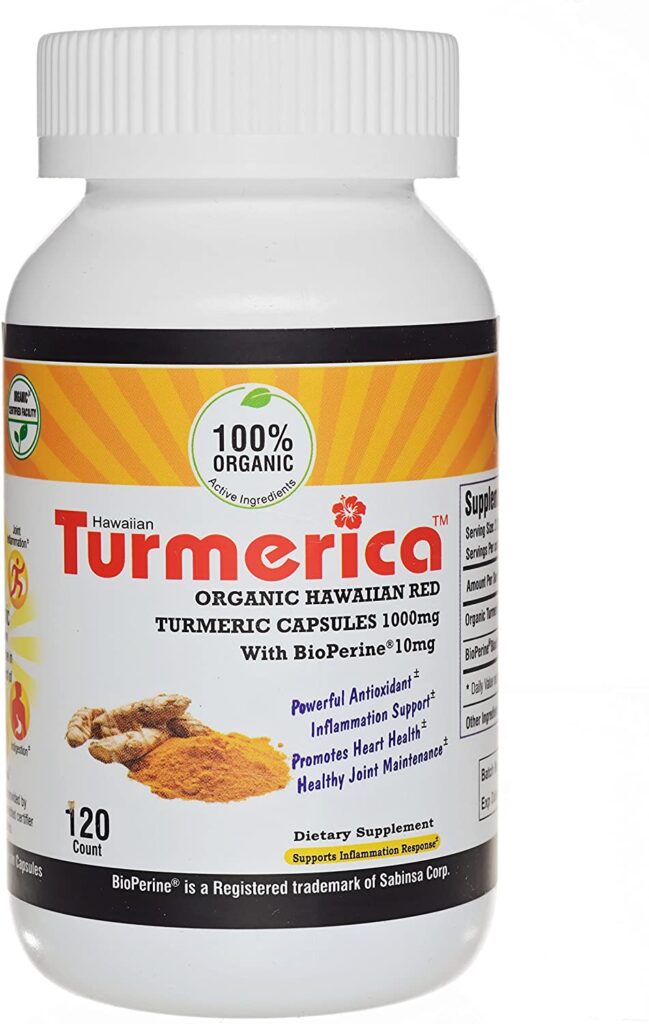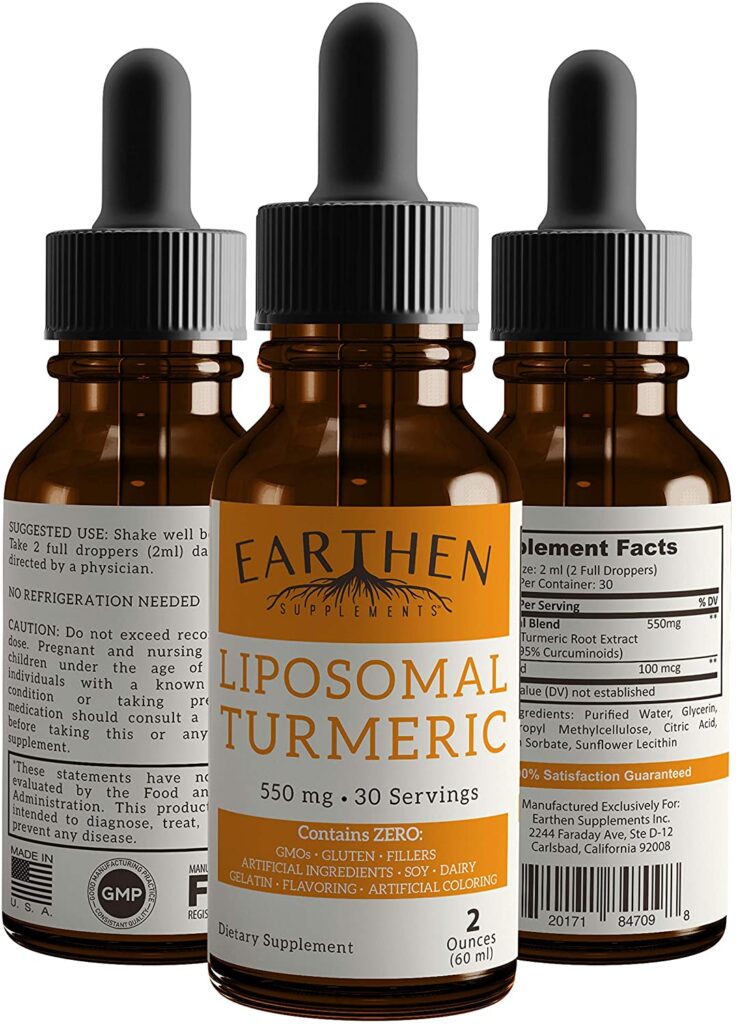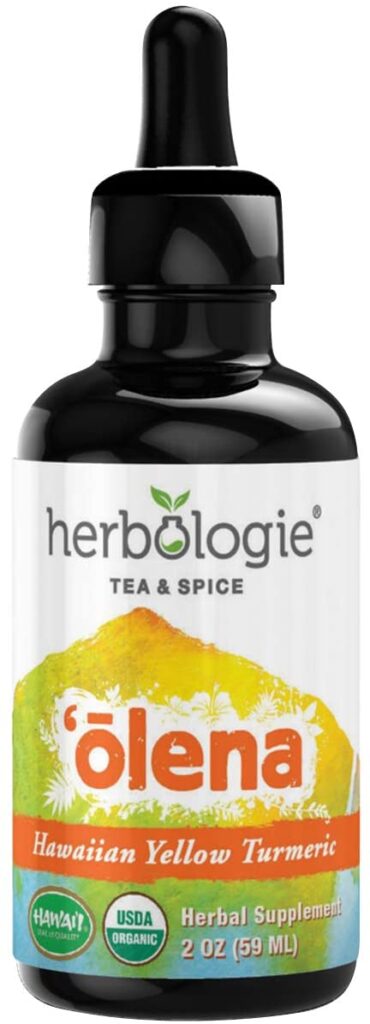Traditional eastern medicine uses turmeric to treat a wide variety of conditions. And it has a long history of use as a cooking spice. Many of my patients ask me about taking turmeric after their workout to prevent pain and inflammation, or for treating their arthritis. And so I’ve looked into the research and found that turmeric actually does have a wide range of scientifically-supported uses. But there are so many kinds! How do you choose the best turmeric for pain relief?
Unfortunately, there’s a lot to worry about when choosing your turmeric. It comes in a wide variety of preparations: powders, extracts, pills, and liposomes. Piperine and many other additives can confuse the issue even more. And worse yet, it can be contaminated with lead! Yikes!
So how do you choose the best turmeric? And how do you avoid getting turmeric with lead contamination? Well, after researching the different options out there for my patients, I figured I’d put it up on my website for everyone to learn from. So in this article, I’ll tell you all about the different kinds of turmeric and which ones are best for you!

Dr. James Larson is an orthopedic surgeon specializing in sports medicine and arthroscopic surgery. He also holds a CF-L1 certificate and is a Certified BFR Specialist. He supports weight training and high-intensity exercise throughout the lifespan. He started LSO to keep more people moving better, longer.
Contents
- My Top Turmeric Supplement Recommendations
- What’s the difference between turmeric and curcumin?
- What is turmeric used for?
- Why does some turmeric contain, piperine, Bioperine, and black pepper extract?
- How does turmeric prevent pain after exercise?
- What about lead contamination?
- How do I find turmeric without lead contamination?
- What is turmeric extract?
- What is liposomal turmeric?
- Turmeric safety considerations
- How much turmeric should I take?
My Top Recommendations: Best Turmeric For Pain Relief

This post contains affiliate links. If you want to purchase any of these items, please use the link in the article. Amazon doesn’t let us post the prices, so you’ve got to click the link to check them, sorry. We do get a small percentage of your purchase without costing you any more. The products may be available for purchase elsewhere but we appreciate it when you use our links, it helps to keep the servers running. Thanks for your support!
All-Around Best Turmeric Supplement
Pros: If you want a simple, safe, daily turmeric supplement this offers many advantages. It is an extract in pill form, making it both concentrated and easy: no mixing or cooking! It contains black pepper extract to prevent your body from breaking down the active ingredients before they can work. And the entire package is vegan, making it more sustainable. Finally, they have an independent laboratory test all of their supplements for contamination with lead and other heavy metals. That’s why this is my top choice of turmeric for pain relief. It can be used everyday or just when you need it!
Cons: Cost. It’s not the cheapest supplement. But I find it’s worth paying a little more for the convenience, safety, and effectiveness.
Best Powdered Turmeric
Pros: If you are looking for turmeric that can be used in cooking, baking, or your favorite smoothies and lattes, this is it. Terrasoul is a small business that specializes in organic, fair trade, and sustainable herbs and supplements. Their powdered turmeric is great for cooking and baking with much higher safety and quality than many spice brands. There are no additives and processing is minimal. Because it doesn’t contain piperine there is less concern for medication interaction. Plus, Terrasoul turmeric is laboratory tested to ensure that there is no lead, making it safe to use in meals for the whole family.
Cons: Because it is pure powdered turmeric root, it will be harder for your body to absorb and use. But if you prefer a whole foods approach to your dietary supplements, this is the way to go.
Best Daily Value Supplement
Pros: If you are looking for a daily supplement with minimal processing, this would be the top choice. These capsules contain pure powdered turmeric, not an extract. But they still include black pepper piperine to increase bioavailability after digestion. And finally, the turmeric is 100% Hawaiian, where stricter regulations prevent lead contamination. This is one of the best values in turmeric supplements combining safety, bioavailability, and affordability.
Cons: The powdered form contains less of the pure curcumin than an extract would. But it contains the rest of the components of natural turmeric instead.
Best Liposomal Turmeric
Pros: Liposomes are tiny drops of turmeric encapsulated in oil “bubbles.” That greatly increases the absorption of turmeric in your gut, meaning you can get the same effect with lower doses. Earthen Supplements stands out from the other liposomal turmeric brands because they test for lead contamination during their processing. Because of the increased bioavailability this liquid preparation does not include piperine. That makes this a great daily supplement for those who have medication interactions with piperine.
Cons: Mixing it in with food or drinks can disrupt the liposomes and prevent proper absorption. So you really should take it orally without modification. But it’s a great option if you can’t swallow pills.
Top Liquid Turmeric Extract
Pros: Herbologie Turmeric Extract is a great way to add turmeric to coffee, smoothies, and other simple recipes. The extraction process isolates and concentrates the curcumin from the turmeric. And they add black pepper extract for maximum levels of turmeric. And it’s also made from 100% Hawaiian turmeric, so you don’t have to worry about lead contamination.
Cons: This extract can be fairly strong tasting. You can mix it with juice, coffee, or smoothies for a more dilute flavor and simple supplementation for those that hate pills.
What’s the difference between turmeric and curcumin?
Curcumin is the main active ingredient in turmeric roots. Turmeric itself is the powdered root of Curcuma longa, a flowering plant related to ginger. Powdered turmeric is bright yellow and often sold in spice jars. But the root itself looks like a smaller, more brightly orange-colored version of ginger.
Turmeric is a powder of the dried root, and contains many different substances. But one group, curcuminoids, have been shown to have anti-inflammatory effects.
Three notable curcuminoids are curcumin, demethoxycurcumin and bisdemethoxycurcumin. Of these, curcumin is the most active. Curcumin makes up roughly 2–8% of most powdered turmeric and gives the spice its distinct color and flavor.
Curcumin only makes up 2-8% of turmeric. And usually, only a small percentage of that gets absorbed by your digestive system.
What is turmeric used for?
Turmeric is traditionally used to treat many health problems, such as skin and digestive issues. And concentrated curcumin can be used to treat the same issues. It is a known anti-inflammatory capable of relieving the soreness that comes after a hard workout.
Turmeric and is also a strong antioxidant. And it has anti-fungal properties. Turmeric is helpful in the treatment of a broad range of conditions including:
- diabetes
- allergies
- arthritis
- psoriasis
- depression
- high cholesterol and lipids
- fatty liver
The benefits of black pepper extract
Black pepper extract helps to increase the activity of curcumin in your bloodstream. Black pepper contains a chemical called piperine (or Bioperine). Piperine blocks the enzymes in the liver which break down curcumin. So black pepper extract helps to increase the circulating levels of curcumin. In humans, black pepper extract increases curcumin bioavailability by increased by 2,000% at 45 minutes.
There are other ways to increase the bioavailability of turmeric as well. One of the most common is a liposomal preparation, which improves absorption in the small intestine.
How does turmeric prevent soreness after exercise?
Turmeric, and specifically the curcumin in it, can prevent many of the inflammatory pathways that become active after vigorous exercise. Several molecules such as NF-kB, TNF-alpha, and Interleukin-6 are known to play a significant role in delayed onset muscle soreness after exercise.
Turmeric can block the formation of these inflammatory cell signaling molecules and decrease the soreness you feel after exercise. Turmeric components, specifically curcumin, can Cyclooxygenase-2 (COX-2) which is the same enzyme targeted by Celebrex and other anti-inflammatory medications.
How does turmeric get contaminated with lead?
Unfortunately, lead contamination of turmeric is done intentionally! I know that’s shocking, but I’ll tell you why. Blemishes on turmeric roots are often painted with lead oxide (which is bright yellow) so they can fetch a higher price at the market. Turmeric root only grows in hot humid areas of the world, like India and Bangladesh. Farmers in these areas are quite poor but they can get better prices for better-looking turmeric by using this trick.
And the authorities in those countries are okay with a higher level of lead contamination than we are. But any amount of lead is dangerous. Lead permanently damages whatever it binds to. So any brain damage it causes is permanent. Which is why it’s so dangerous for children. The symptoms of lead poisoning are quite varied and hard to recognize. But the most insidious is simply a significant loss of intelligence.
So it’s very important to find turmeric that’s free of lead. It’s especially important if you are giving kids regular supplements. It may not matter much if you are using a little bit as a spice when cooking. But it can be a big risk if you are taking a supplement every day.
Finding turmeric without lead contamination
There are several ways to make sure your turmeric is as safe as possible. Some companies work closely with farmers to ensure there is no contamination. Others perform independent testing to check for contamination before manufacturing their supplements. And others source from more reliable places like the United States, since turmeric can be grown in Hawaii also.
What is turmeric extract?
Generally, liquid extracts of turmeric are more highly concentrated, and often treated in a way that improves absorption and bioavailability. Liquid turmeric preparations are usually suspensions, extracts, or liposomal. These are usually easier to digest and absorb. Bioperin (piperacin) is often included to prevent your body from clearing the turmeric too quickly.
What is liposomal turmeric?
Liposomal tumeric involves suspending the turmeric or curcumin in microscopic oil “bubbles.” Your body usually has a hard time absorbing turmeric and curcumin through the small intestine and into your blood stream. So, you only absorb a small amount of curcumin from any turmeric you eat.
But your digestive system loves to absorb fats and oils. So suspending turmeric in a lipid (dietary oils) emulsion allows it to hitch a ride. That means much more of the turmeric can get into your system and go to work.
Is turmeric safe?
In most cases, turmeric is perfectly safe. But as always, the dose makes the poison. So taking excessive amounts of turmeric can cause problems. These are usually uncomfortable side effects like heartburn, bloating, and diarrhea.
Both turmeric and black pepper extract can cause interactions with other medications. Piperine works at the liver to block certain enzymes from metabolizing the turmeric. But those same enzymes also metabolize certain medications. These include carbamazepine and anti-inflammatories like ibuprofen or naproxen. And turmeric can enhance the action of blood thinners like warfarin and clopidogrel, making your blood too thin.
There are other interactions as well, so check with your doctor if you aren’t certain.
What is normal turmeric dosing?
Because of the different ways turmeric can be prepared and the additives, it’s always best to check the manufacturer’s instructions on curcumin and turmeric dosing. Be sure to follow any directions on the packaging when you buy a turmeric supplement.
For common uses like diabetes management, soreness after exercise, depression, and hayfever, a standard dose is about 500 mg of curcumin a day. But doses up to 2000 mg a day have proven safe and effective.
This does not constitute specific medical advice and does not indicate a physician-patient relationship between Dr. Larson and readers of this website. Please consult your own physician regarding any of these recommendations before starting them.

